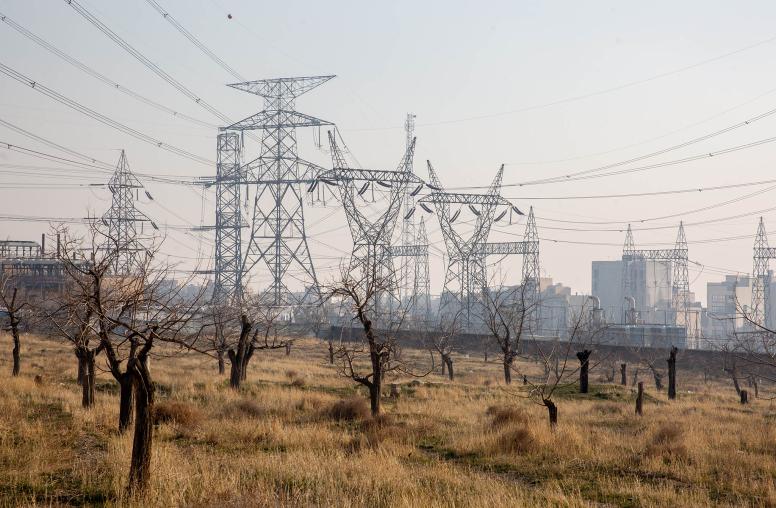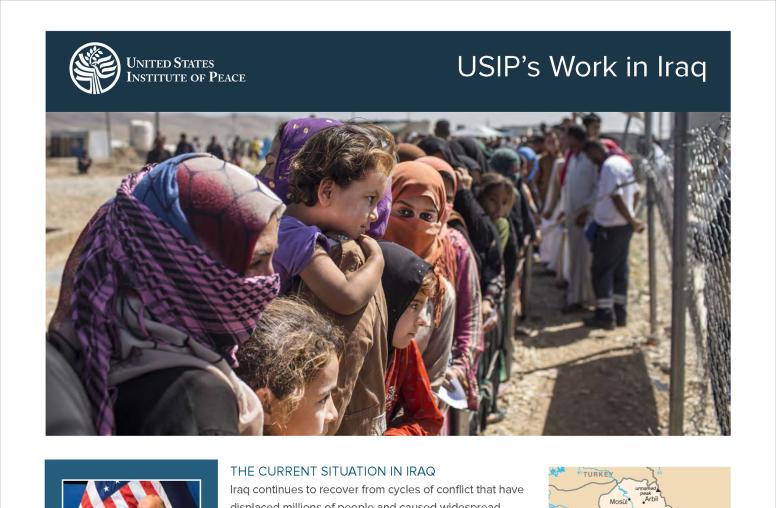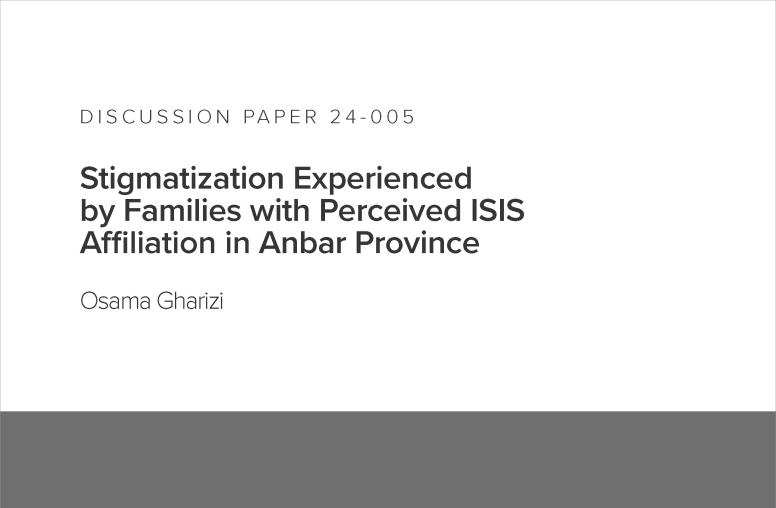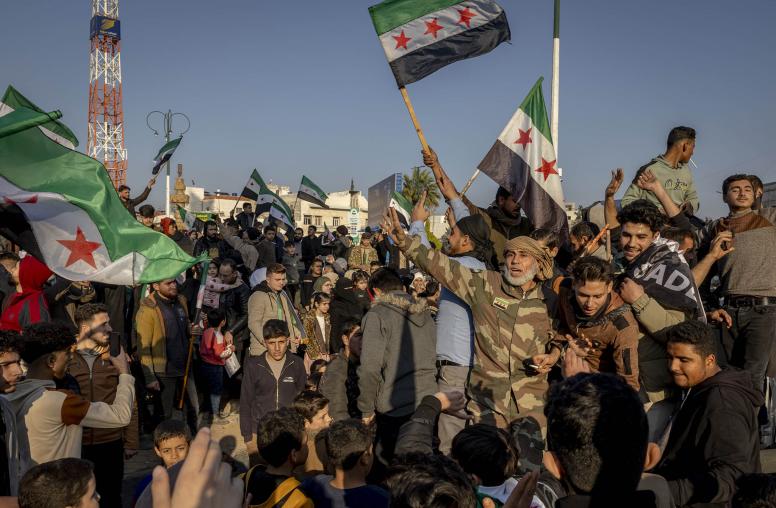Update Oct. 5, 2017: Iraqi officials announced earlier today that their military forces had successfully recaptured Hawija from ISIS control, leaving mainly a few stretches of al-Anbar province near the Syrian border still under the control of the militant group.
(continued from Part 1)
The military offensive to uproot ISIS from the northern Iraqi city of Hawija, entering a new phase this week, is aimed at clearing out an estimated 1,000-2,000 insurgents from what is one of the extremist group’s last Iraqi strongholds. The next battle will be the layers of ethnic, religious and sectarian tension that will complicate any recovery.

A Sunni Arab city seized by ISIS in its 2014 offensive, Hawija’s location 135 miles north of Baghdad in oil-rich Kirkuk province makes it ripe for the same territorial claims on the province by the semi-autonomous Kurdistan Regional Government and central authorities in Baghdad. The Kurdistan region’s Sept. 25 independence vote in a non-binding referendum has compounded the rift.
The collection of forces involved in the attack on Hawija could add fuel to the conflicts. They include the central government’s military and police units, and the Shia Popular Mobilization Forces (PMF), many of them backed by Iran. Kurdish Peshmerga, though positioned along the front lines and providing certain support to the offensive, aren’t participating in the fighting.
Questions loom about which forces will provide security afterwards. Hawija has been a center of Sunni resistance to the Baghdad government since the U.S. deposed President Saddam Hussein in 2003. The government’s reach and, in turn, the rule of law, have been persistently weak.
The area eventually became a breeding ground for al-Qaida in Iraq, the precursor of ISIS. Anger over a massacre of protesters by government troops in Hawija in 2013 led many disaffected residents to welcome or not resist ISIS the following year. But many Sunnis also fled when ISIS took control, most of them now displaced in Kirkuk.
Sunnis are concerned that Shia fighters taking part in the Hawija offensive will stay. Some Shia militias, reportedly, have abused Sunnis in other areas cleared of ISIS, raising concerns of more sectarian violence and a renewed turn to extremists. Kurds, in turn, worry that their security will be threatened from Hawija by lingering terrorists or Shia militias.
Hawija’s Sunni tribes also are grappling with internal splits, between members who joined ISIS and those who opposed the extremists and paid a heavy price in life and property. Under traditional tribal law, defeated ISIS allies could expect severe retribution at the hands of their victims. Collective responsibility often remains the norm, with one tribe accusing another of complicity with ISIS even if only a few members went astray. Revenge, continuing demands for compensation and competition for power could spur inter-tribal violence.
With so many dangerous crosscurrents at play, hope for a peaceful resolution in Hawija rests on reconciliation efforts from the national to the community level. Hawija is one of several areas where USIP has supported tribal, community and government leaders striking agreements aimed at preventing post-ISIS conflict.
The Hawija accord—signed by more than 100 tribal sheikhs and facilitated by USIP’s Iraqi partners, Sanad for Peacebuilding and the Network of Iraqi Facilitators —aims to enable the return of displaced people and help lay the foundation for economic and physical security and social stability.
Given its history of alliances with armed groups and terrorist organizations and its position amid competing territorial claims for Kirkuk province, Hawija will be among the most complex and important areas in need of stabilization in a post-ISIS Iraq.



